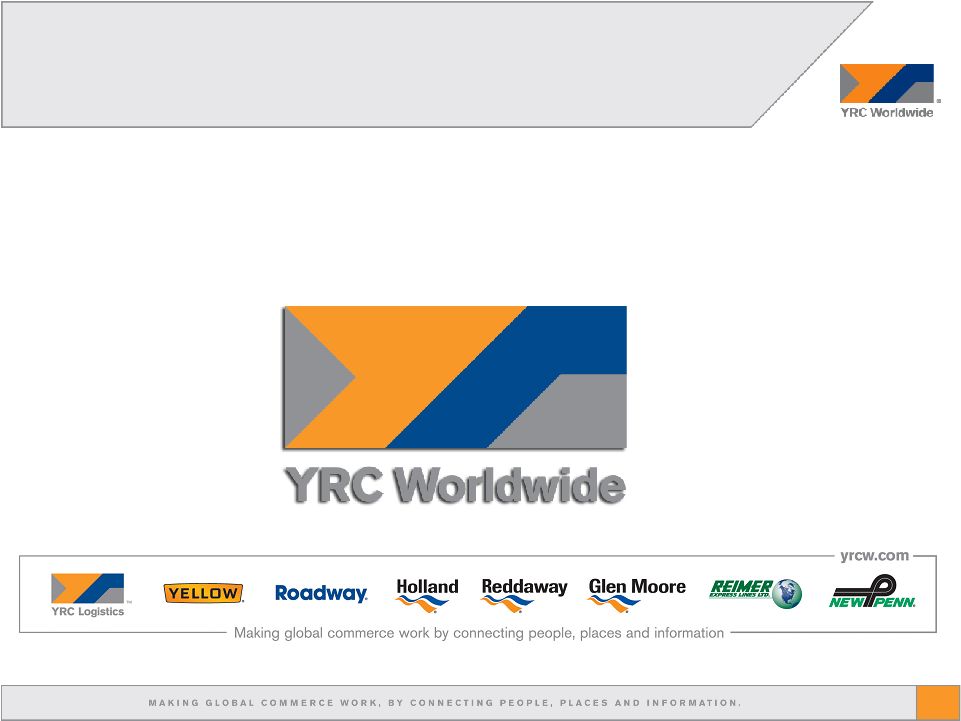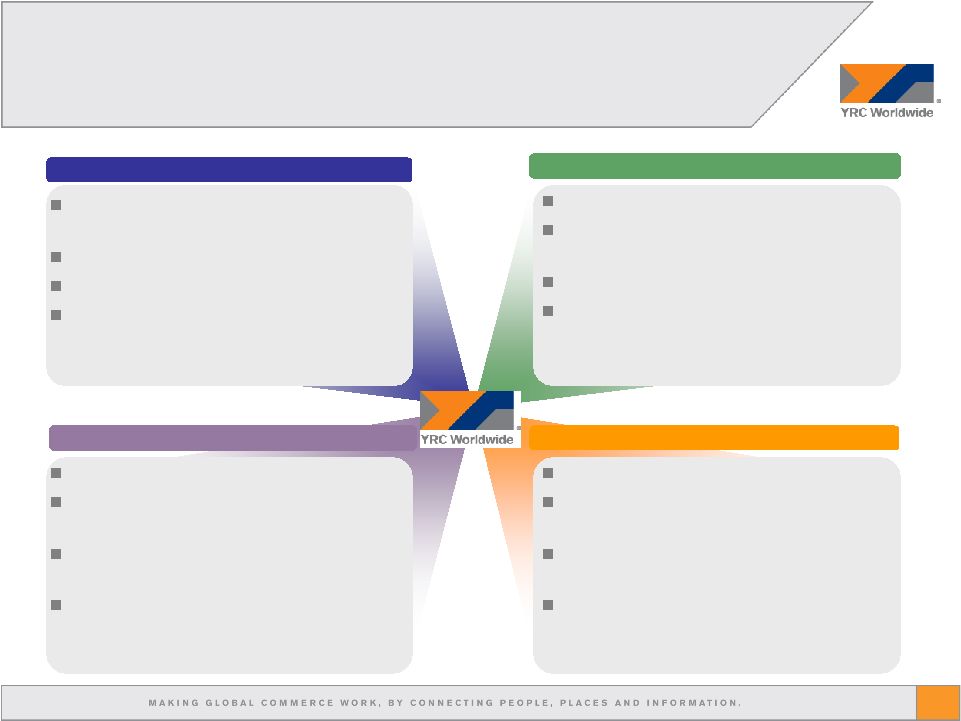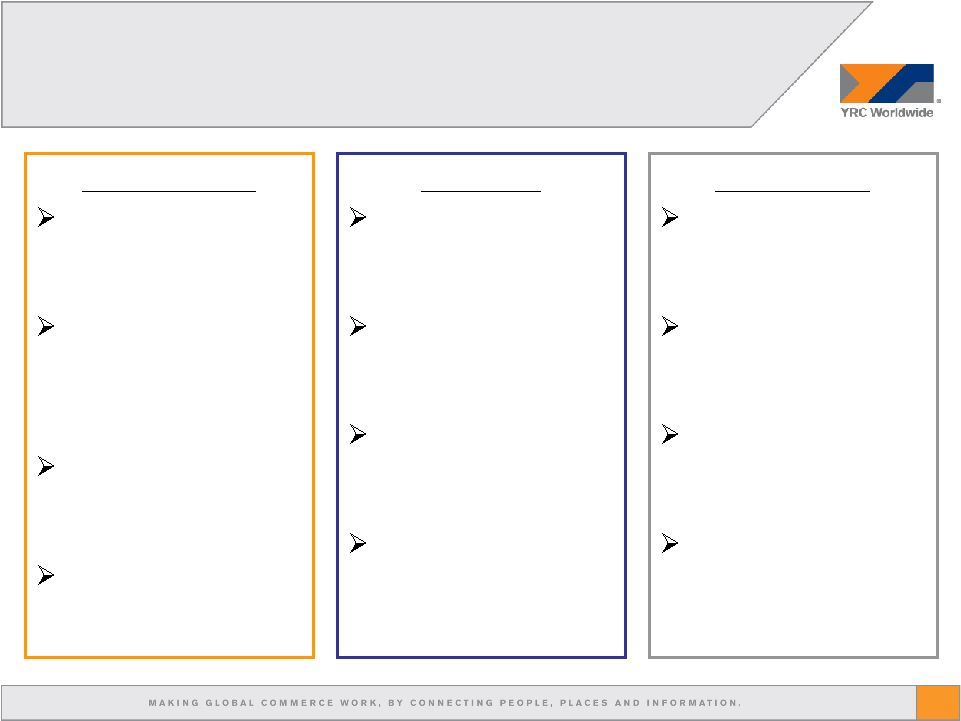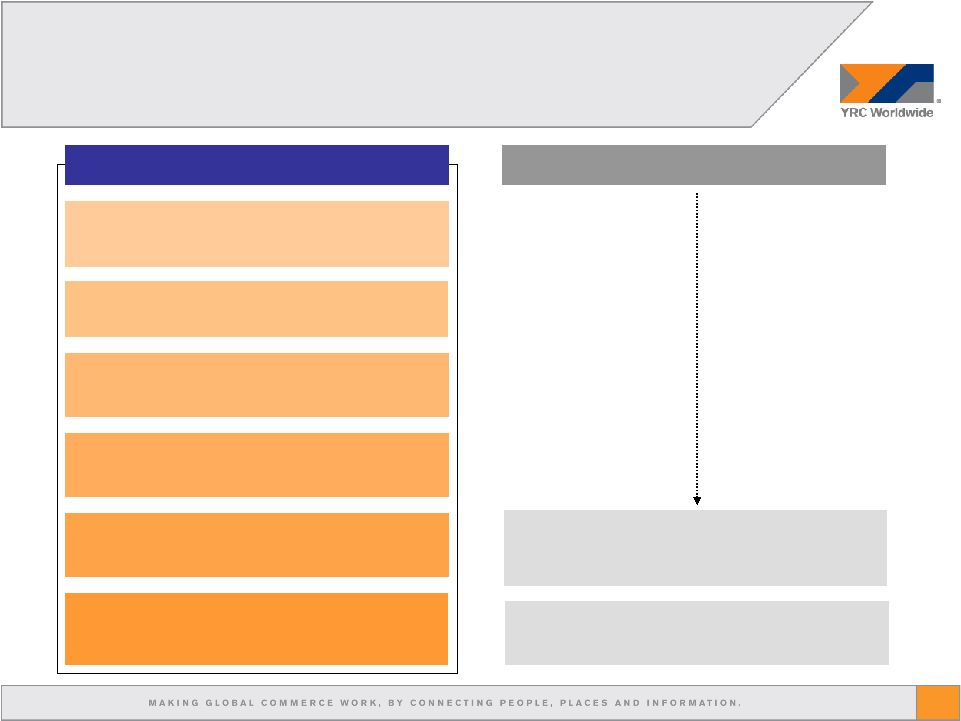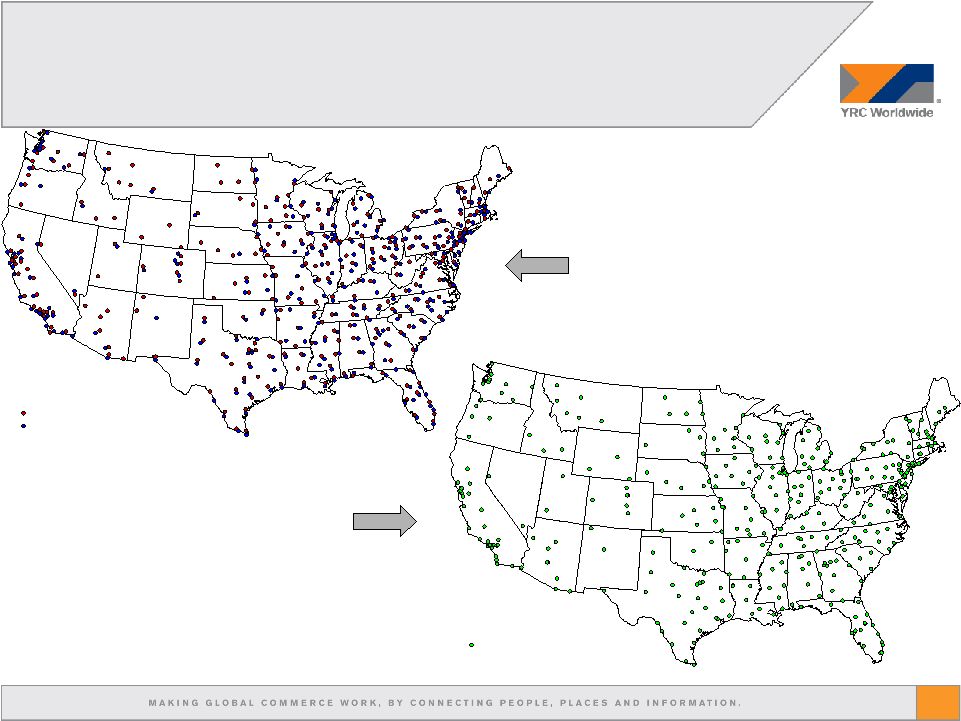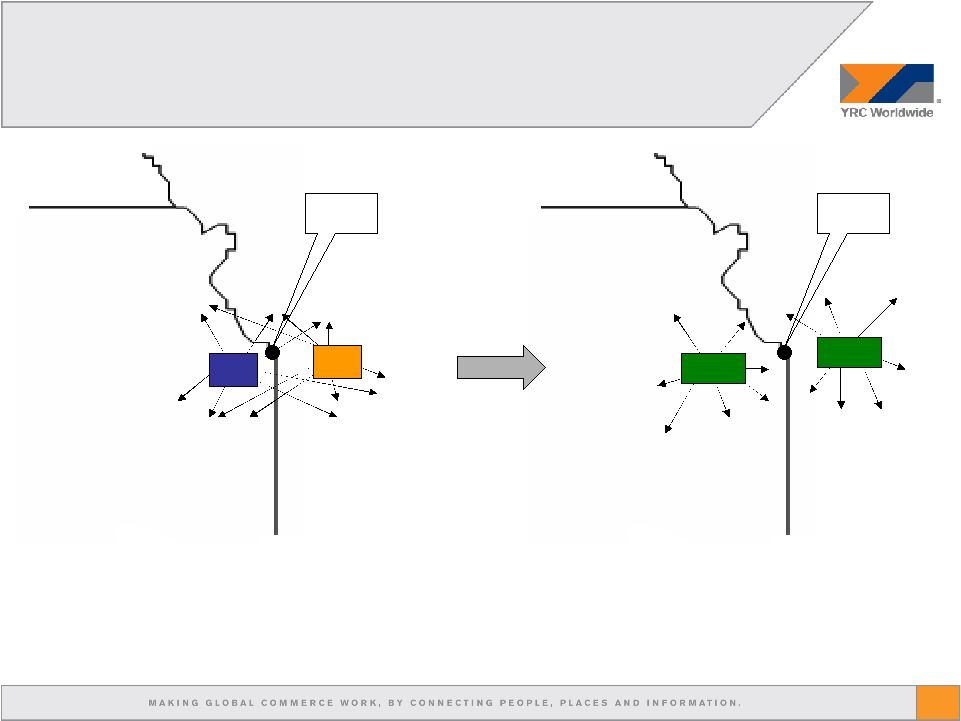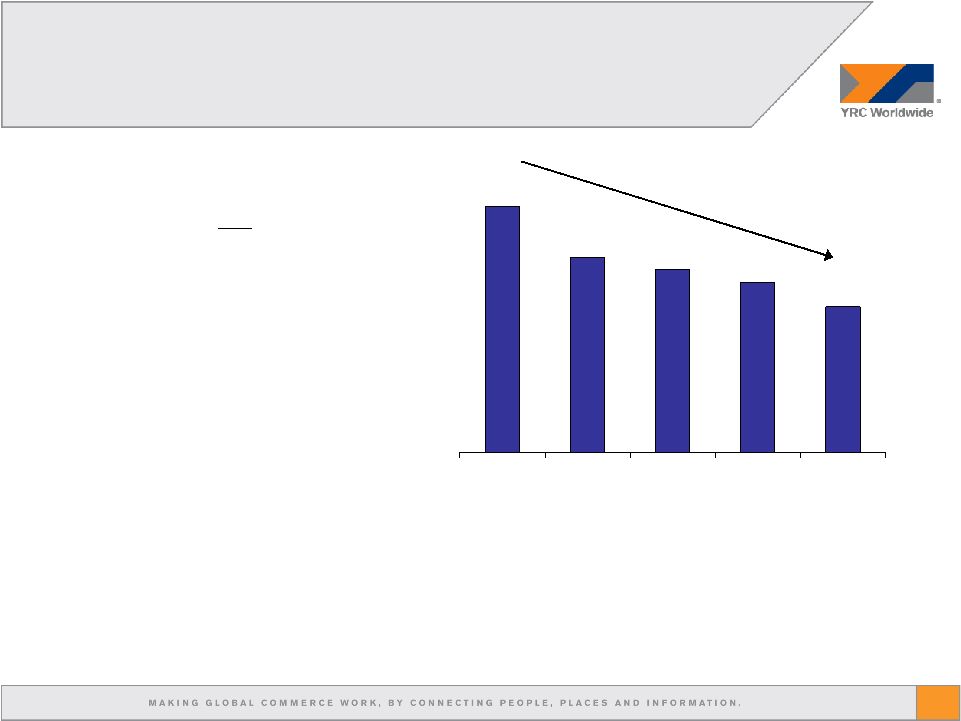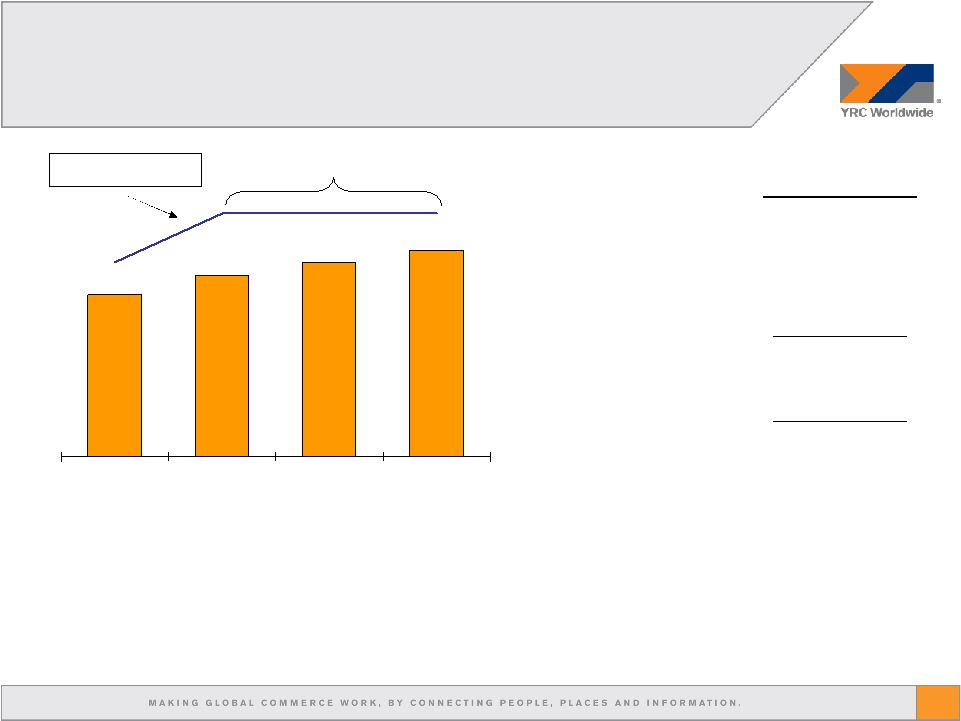16 Forward-Looking Statements Forward-Looking Statements • This presentation contains forward-looking statements within the meaning of Section 27A of the Securities Act of 1933, as amended, and Section 21E of the Securities Exchange Act of 1934, as amended. The words "expect," “expected,” "will,” “projected,” and similar expressions are intended to identify forward-looking statements. It is important to note that the company's actual future results could differ materially from those projected in such forward-looking statements because of a number of factors, including (among others) inflation, inclement weather, price and availability of fuel, sudden changes in the cost of fuel or the index upon which the company bases its fuel surcharge, competitor pricing activity, expense volatility, including (without limitation) expense volatility due to changes in rail service or pricing for rail service, ability to capture cost reductions, including (without limitation) those cost reduction opportunities arising from the combination of sales, operations and networks of Yellow Transportation and Roadway, changes in equity and debt markets, a downturn in general or regional economic activity, effects of a terrorist attack, labor relations, including (without limitation), the impact of work rules, work stoppages, strikes or other disruptions, any obligations to multi-employer health, welfare and pension plans, wage requirements and employee satisfaction, and the risk factors that are from time to time included in the company's reports filed with the Securities and Exchange Commission (the "SEC"), including the company's Annual Report on Form 10-K for the year ended December 31, 2007. • The company's expectations regarding the impact of, and its operating income improvement due to, the integration of Yellow Transportation and Roadway and the timing of achieving that improvement could differ materially from those projected in forward-looking statements based on a number of factors, including (among others) the factors identified in the immediately preceding paragraphs, the ability to identify and implement cost reductions in the time frame needed to achieve these expectations, the success of the company's operating plans, the need to spend additional capital to implement cost reduction opportunities, including (without limitation) to terminate, amend or renegotiate prior contractual commitments, the accuracy of the company's estimates of its spending requirements, changes in the company's strategic direction and the need to replace any unanticipated losses in capital assets. • The company's expectations regarding its debt reduction, liquidity, and leverage ratio are only the company's expectations regarding these items. The company's actual debt reduction, liquidity and leverage ratio could be affected by a number of factors, including (among others) the factors identified in the preceding paragraphs, the accuracy of the company’s forecasts, the company’s ability to further reduce costs, the timing of the company's cash receipts and expenditures, the lack of any unanticipated liabilities maturing, contingent or otherwise, the company's retirement of existing debt obligations at less than par, the ability of the company to timely sell and receive the proceeds from sales of assets (in particular and without limitation) sales of real property and sale leaseback arrangements for real property, and the ability of the company to sell equity, exchange equity for debt, or enter into other capital market transactions and the availability of markets for these kinds of transactions. If the company does not execute one or more of the above, some of which are not entirely within the company’s control, the risk exists that the company would not be in compliance with the covenants in the credit and ABS facilities. • The company's expectations regarding its asset sales are only its expectations regarding asset sales. Actual asset sales could differ materially based on a number of factors, including (among others) the factors identified in the preceding paragraphs. |

